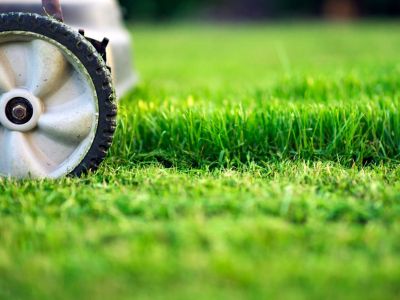What Causes Turf Scalping?
A scalped lawn is a detraction to an otherwise green, lush grassy area. A lawn looks scalped because it is. The grass has literally been almost entirely removed. Usually, scalping a lawn is accidental and could be due to operator error, topography differentials, or improperly maintained equipment. Scalping a lawn is often caused when the mower blade is set too low. Ideal mowing should see you removing no more than 1/3 of the grass height each time. With lawn scalping, all of the leaf blades have been removed, exposing the roots. Another occurrence of turf scalping might come about due to a poorly maintained mower. Dull blades or machines that have gotten out of adjustment are the main causes. Finally, a scalped lawn my come about due to high spots in the bed. These often occur at the edges, but once you are aware of the spot, you can simply adjust the machine to mow higher in the affected location.
What Happens to Scalped Turf?
Scalping a lawn isn’t a cause for panic, but it will impact the turf health. Those exposed roots dry out quickly, are more susceptible to weed seeds and disease, and cannot produce any photosynthetic energy. The latter is the most concerning, because without energy, the plant cannot produce new leaf blades to cover the area. Some grasses, like Bermuda grass and Zoysia, have plentiful running rhizomes which can quickly re-colonize the site with little long-term damage. The cool season grasses do not tolerate scalping and it should be avoided if possible.
Fixing a Scalped Lawn
The first thing to do is wait a couple of days. Keep the area moist but not soggy and, hopefully, the roots will have enough stored energy to produce leaves. This is especially true for sod that was well cared for and had no pest or disease issues prior to the scalping. Most warm season grasses will spring back up fairly quickly. Cool season grasses may need to be reseeded if there are no sign of leaf blades in a few days. Get seed that is the same type as the rest of the lawn if possible. Rake the area and overseed, topping with a bit of soil. Keep it moist and you should have your lawn back in no time. To prevent re-occurrence, fix the mower, mow more frequently and at a higher setting, and watch for high spots.
